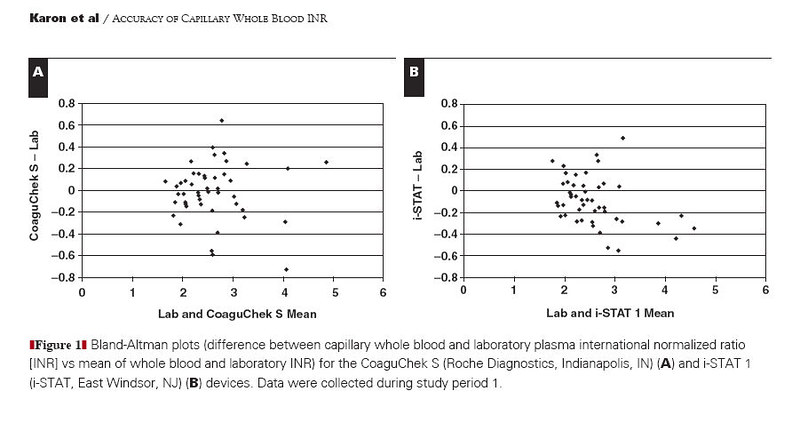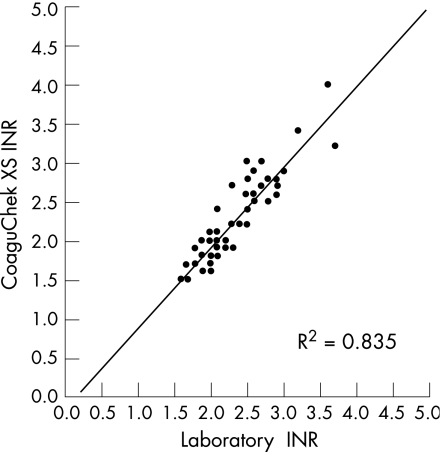It is interesting that they told you 2-2.5 for a St. Jude Valve and told me 2.5-3.5. I had mine implanted in 2004. When did you get yours? Protimenow got his in 1991 and has successfsully used 2.5-3.5 . My Coumadin clinic got the recommendation from St. Jude's and I have seen it in medical literature as well. I note that in your post, you said you also got the recommendation from your Coumadin Clinic and Cardiologist.
Pellicle's chart shows that 2.5 to 3.5 is the low danger zone for people with artificial heart valves but does not distinguish between types of artificial heart valves.
Interestingly, at Kaiser, the cardiologists defer to the recommendations of the Coumadin Clinic pharmacists.
I noticed the comment above that "Tylenol is pretty safe." It was for me also until I made the mistake of taking a lot of it for muscle pain. I developed two fist sized hematomas in my thigh muscles. My Coumadin clinic then warned me to stay at or below 2 mg a day. "Relatively" new research shows that it can amplify Coumadin at higher dose levels. Anything more requires being closely monitored as it can do things that amplify Coumadin. My mistake is more reason to follow the recommendations here to monitor weekly. Sometimes the "safety" of things can change.
Walk in His Peace,
and Have a Quiet Christmas
ScribeWithALancet
My valve was implanted 7 years ago. They had just changed the range from 2-3 to 2-2.5. It was a result of historical studies I think. My surgeon told me 2-3, I had read that it was changed to 2-2.5 and asked my Cardio. He said that 2-2.5 was the new range. I asked my surgeon and he told me to do what my Cardio said, as a surgeon he was only concerned with INR directly after surgery. My valve is a St. Jude Mechanical Model 23AFGN-756 in the aortic position. You may have the same general type because my valve is "proven" that's why they adjusted the INR range. I also had a surgery without any bridging, by just dropping my INR, due to the valve's good historical performance.


























